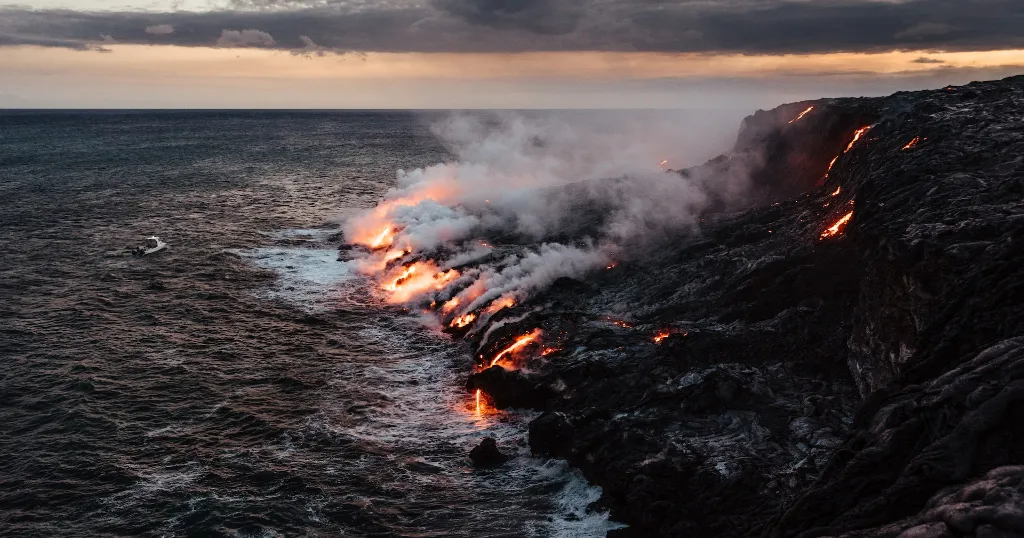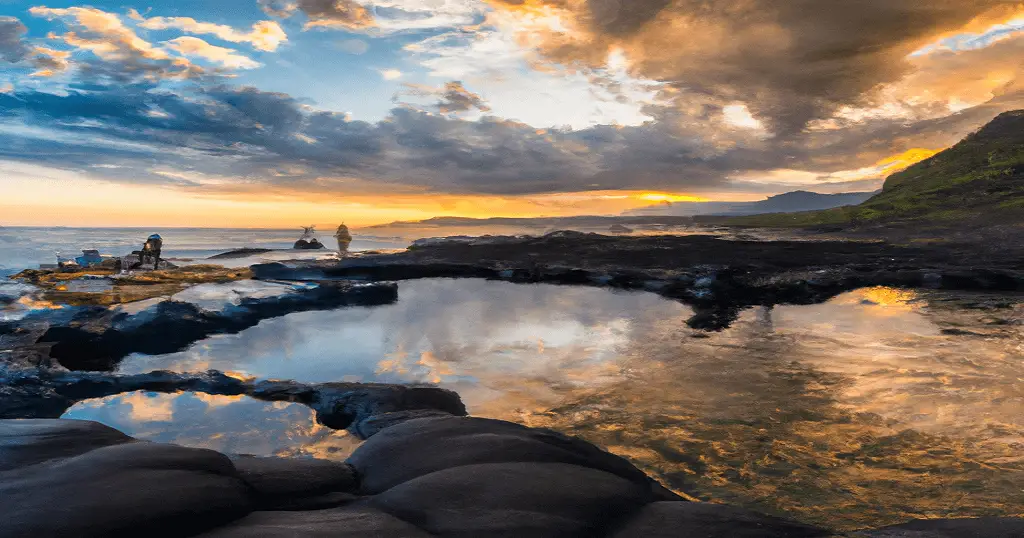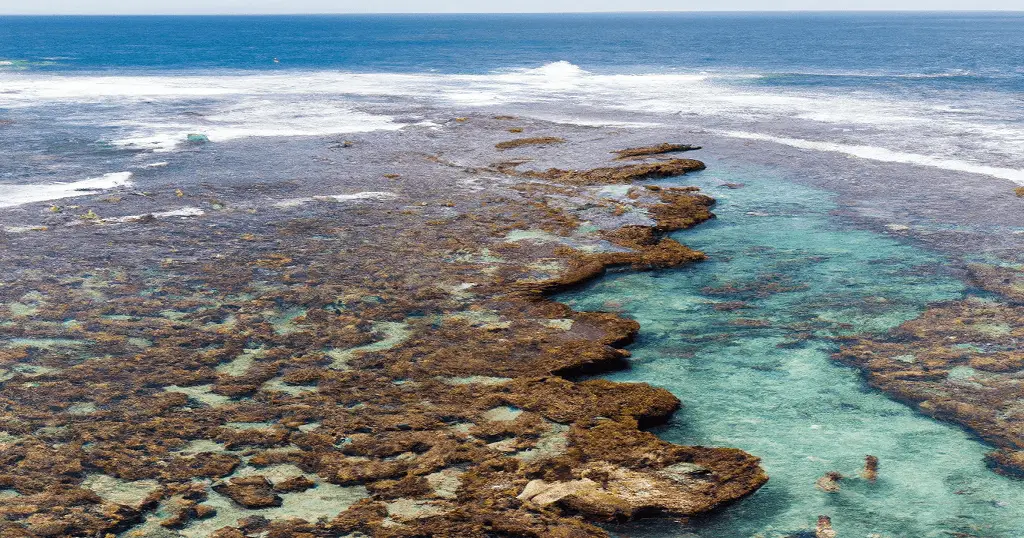If you’re fascinated by volcanoes and want to witness their power in Hawaii, you’ll want to know which island to visit. Hawaii is made up of 8 islands, which have 15 volcanoes in total, but not all of them fit the image of a fierce black mountain spewing red hot lava. If you’re looking for that, the Big Island and its Hawaii Volcanoes National Park are your best bet!
Which island has active volcanoes?
Only Big Island has active volcanoes. It is home to the famous Kilauea volcano, which has been continuously erupting, keeping local residents on the tip of their toes.
Its other volcano, Mauna Loa is the largest volcano on Earth in terms of volume and has erupted 33 times since its first well-documented eruption in 1843.
Which island has dormant volcanoes?
While the Big Island is known for its active volcanoes, other islands in Hawaii also have dormant volcanoes.
Maui, for example, is home to the dormant volcano Haleakala, which is a popular tourist attraction for its stunning sunrise views and unique landscape.
Oahu also has the dormant volcano Diamond Head, which offers hiking trails and panoramic views of Honolulu. So, if you’re interested in exploring dormant volcanoes, there are options on multiple islands in Hawaii.
The island of Kauai also has a dormant volcano called Mount Waialeale. Mount Waialeale is one of the wettest spots on Earth, receiving an average of 450 inches of rainfall per year.
Hawaiʻi Volcanoes National Park on the Big Island
Hawaiʻi Volcanoes National Park is located on the Big Island of Hawaii and is home to two of the world’s most active volcanoes, Kīlauea and Mauna Loa.
This national park offers visitors the opportunity to witness the power and beauty of volcanic activity up close. From hiking trails that lead to lava flows to scenic drives that showcase the volcanic landscape, there are plenty of ways to explore and learn about volcanoes at Hawaiʻi Volcanoes National Park. You can even take a helicopter tour over the park!
Don’t forget to check the park’s website for any safety advisories or closures before planning your visit.
The Hawaiian Islands are home to so called “Stratovolcanoes”
Shield volcanoes and stratovolcanoes are two different types of volcanoes characterized by their unique shapes, eruption styles, and the type of lava they produce.
Shield Volcanoes: These are broad and domed-shaped with gentle sloping sides, resembling a warrior’s shield lying on the ground, hence the name. They are formed by highly fluid, low-viscosity basaltic lava that can flow long distances before cooling and solidifying. This results in the accumulation of many layers over time, each of which is relatively thin compared to the overall size of the volcano. The eruptions of shield volcanoes tend to be relatively gentle, with lava often welling up and spilling over the sides in all directions.
Stratovolcanoes: Also known as composite volcanoes, stratovolcanoes have steeper, more conical profiles compared to shield volcanoes. They are characterized by periodic explosive eruptions and quieter eruptive phases. They are constructed from multiple layers (hence “strato-“, meaning “layered”) of hardened lava, tephra, and volcanic ash. These layers are often deposited during large eruptions. The lava produced by stratovolcanoes is usually more viscous than that of shield volcanoes, which limits its flow and leads to the steeper sides.
Now, as for why Hawaii mainly has shield volcanoes, this has to do with the geologic setting of the islands and the type of magma that is produced there. The Hawaiian Islands are located over a “hot spot” in the Earth’s mantle. This hot spot produces large amounts of low-viscosity basaltic magma, which rises to the surface to form shield volcanoes.
As the Pacific tectonic plate moves over this hotspot, new volcanoes form, and older ones become extinct and erode away. This process has created the chain of islands we know as Hawaii, with the youngest (and currently active) volcanoes, including Kilauea and Mauna Loa, located on the Big Island.



